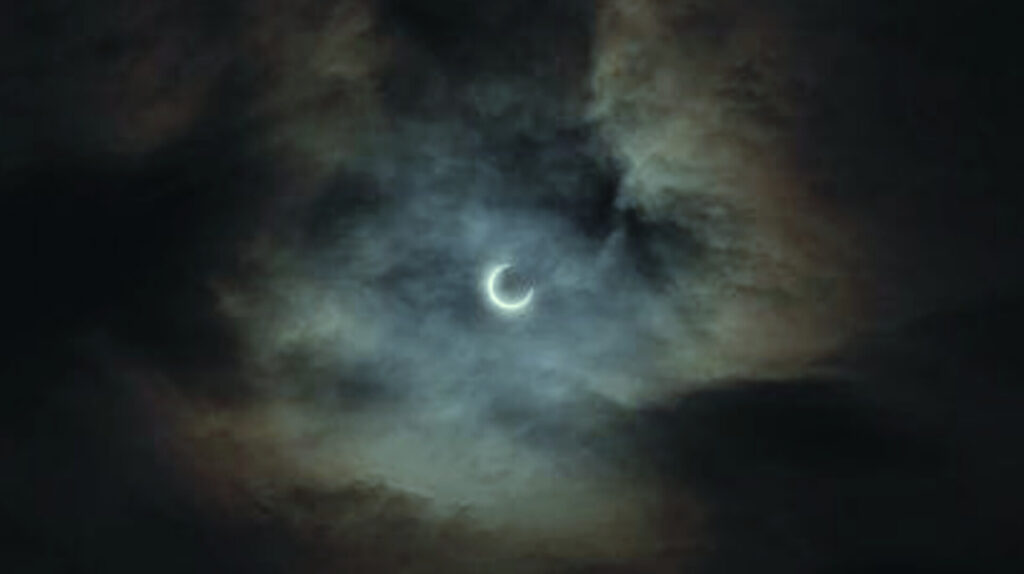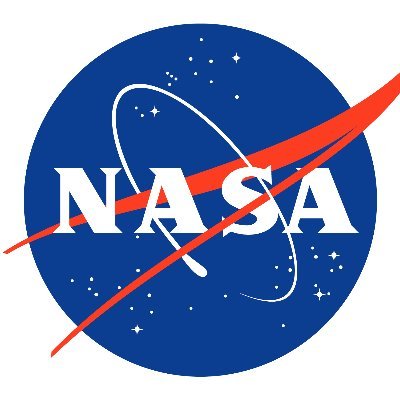Solar Eclipse March 2025: Key Highlights
- Date: March 29, 2025
- Start Time (IST): 2:20:43 PM
- Peak Eclipse (IST): 4:17:27 PM
- End Time (IST): 4:13:45 PM
- Duration: ~4 hours
- Type: Partial Solar Eclipse
- Best Visibility: North America (at sunrise), Europe, Arctic, Atlantic

First Solar Eclipse of 2025: Key Details for Skywatchers
The first solar eclipse of 2025 will occur on March 29, visible as a partial eclipse across select regions. According to Indian Standard Time (IST), the event begins at 2:20:43 PM, peaks at 4:17:27 PM, and concludes by 4:13:45 PM, lasting nearly four hours.
This celestial spectacle will be best observed in North America (during sunrise), Europe, the Arctic, and the Atlantic Ocean. However, viewers in India, Southeast Asia, and Australia will miss the event due to the Moon’s shadow path.
A partial solar eclipse occurs when the Moon covers only a portion of the Sun, creating a dramatic “bite” effect—a phenomenon distinct from total eclipses, where the Sun is fully obscured.

The first eclipse of 2025 will occur on March 29, visible as a partial eclipse across select regions. According to Indian Standard Time (IST), the event begins at 2:20:43 PM, peaks at 4:17:27 PM, and concludes by 4:13:45 PM, lasting nearly four hours.
This celestial spectacle will be best observed in North America (during sunrise), Europe, the Arctic, and the Atlantic Ocean. However, viewers in India, Southeast Asia, and Australia will miss the event due to the Moon’s shadow path.
A partial eclipse occurs when the Moon covers only a portion of the Sun, creating a dramatic “bite” effect—a phenomenon distinct from total eclipses, where the Sun is fully obscured.

While the eclipse won’t grace Indian skies, enthusiasts in North America’s West Coast can witness it at sunrise, while Europe and the Arctic will catch it mid-morning.
Safety remains critical: never look directly at the Sun without ISO-certified solar glasses or indirect methods like pinhole projectors. For those outside visibility zones, NASA and astronomy platforms will livestream the event.
Notably, this eclipse precedes the September 7, 2025, total lunar eclipse, adhering to the pattern where solar and lunar eclipses occur roughly two weeks apart.
What Makes the March 2025 Eclipse Special?
The first eclipse of 2025 will be a partial solar eclipse, where the Moon obscures only a portion of the Sun. Unlike a total eclipse, this event offers a dramatic “bite” effect as the Moon passes between the Sun and Earth.
Why Won’t India See This Eclipse?
The eclipse’s path favors regions in North America, Europe, the Arctic, and the Atlantic Ocean. Due to Earth’s axial tilt and orbital mechanics, India, Southeast Asia, and Australia fall outside the visibility zone.
Visibility and Safety Tips for Optimal Viewing
While the eclipse won’t grace Indian skies, enthusiasts in North America’s West Coast can witness it at sunrise, while Europe and the Arctic will catch it mid-morning.
Safety remains critical: never look directly at the Sun without ISO-certified solar glasses or indirect methods like pinhole projectors.
For those outside visibility zones, NASA and astronomy platforms will livestream the event. Notably, this eclipse precedes the September 7, 2025, total lunar eclipse, adhering to the pattern where solar and lunar eclipses occur roughly two weeks apart.
Global Visibility Map: Where to Watch
- North America: Visible at sunrise (ideal for West Coast viewers).
- Europe & Arctic: Mid-morning visibility.
- Atlantic Ocean: Partial visibility for maritime regions.
- Africa & South America: Faint partial phases near sunset.
Pro Tip: Use NASA’s Eclipse Explorer or TimeandDate.com’s interactive map for localized timings.
Why Is It Called a Partial Solar Eclipse?
A partial eclipse occurs when the Moon’s shadow (penumbra) only partially covers the Sun. This happens when the Sun, Moon, and Earth aren’t perfectly aligned. Notably:
- Solar eclipses always occur two weeks before or after a lunar eclipse.
- The next eclipse in 2025 will be a total lunar eclipse on September 7.

Safety Tips for Viewing the Eclipse
- Never stare directly at the Sun – even during a partial eclipse.
- Use ISO-certified solar glasses or a pinhole projector.
- Livestream the event via platforms like NASA TV if outside visibility zones.
Table of Contents
Q: Will the 2025 solar eclipse be visible in Delhi?
A: No. India lies outside the visibility path for this eclipse.
Q: How long will the eclipse last in New York?
A: Approximately 2 hours, starting at 6:45 AM EST.
Q: When is the next total solar eclipse?
A: August 12, 2026 – visible in Spain, Iceland, and Greenland.
Final Note for Astronomy Buffs:
While India misses this celestial show, mark your calendars for the September 2025 total lunar eclipse –


